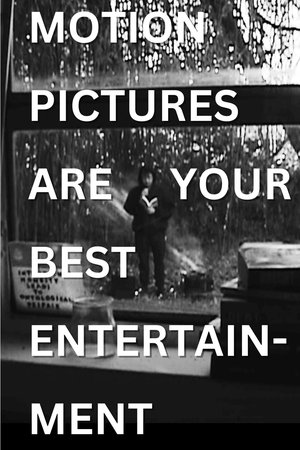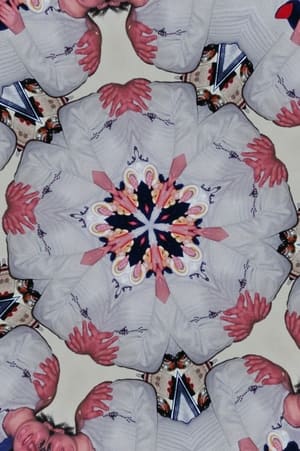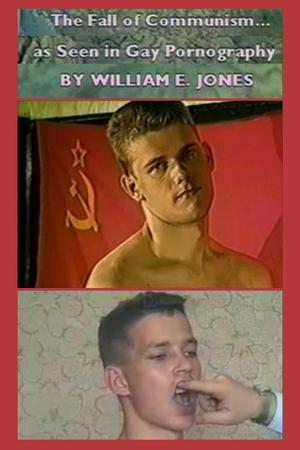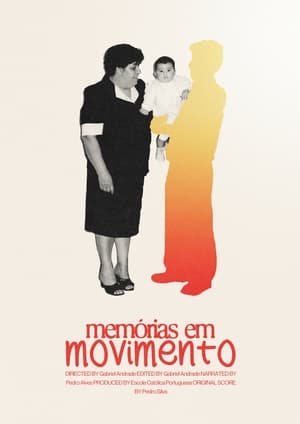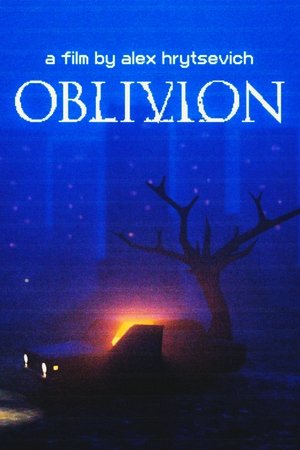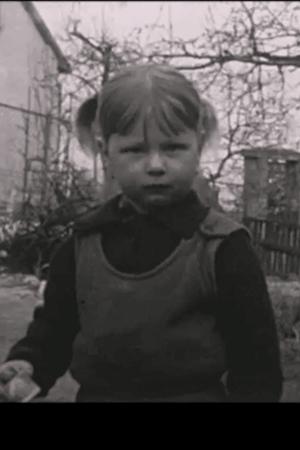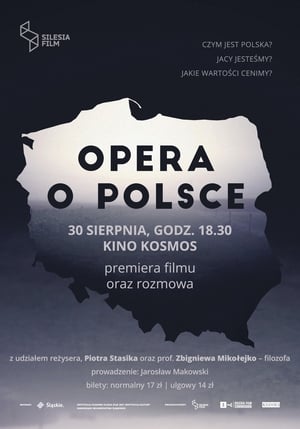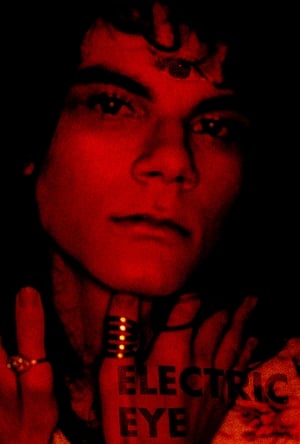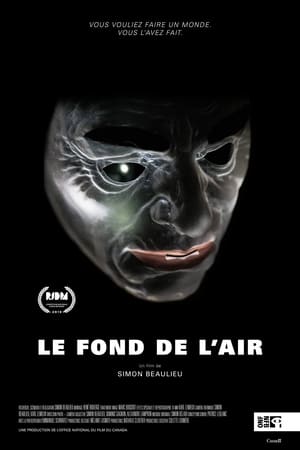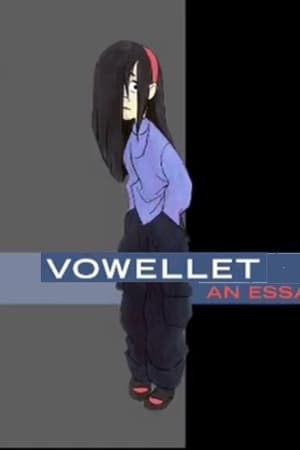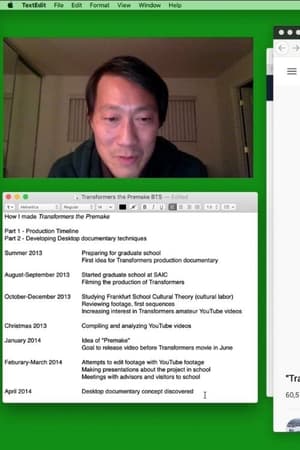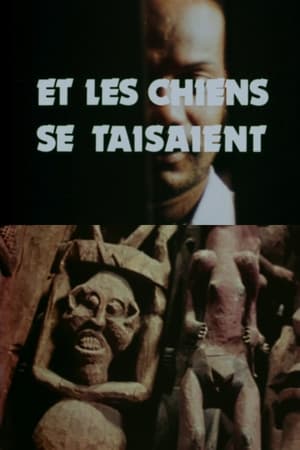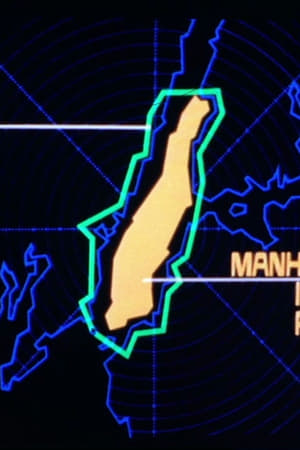Overview
Technological advances and cultural development have disrupted the balance between humankind and other animals. Instead of looking at similarities, we focus on differences. Coexistence has been replaced by dominance. We have forgotten that we live in a house that does not belong only to us. However, the ties between humans and other inhabitants of the animal kingdom have not been irreversibly broken. In his visual essay, which is both intimate and philosophical, Alessandro Cattaneo focuses specifically on those things that connect us. The statements of thinkers and idyllic shots of interspecies interactions indicate that if we change the way in which we think about animals, it will be beneficial for the entire ecosystem.

 80 min
80 min
 7.1
7.1
 2020
2020
 Italy
Italy
